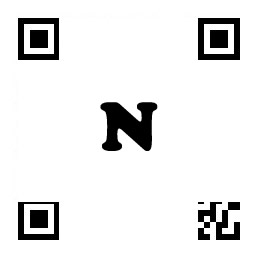规格
|
|
Assay Entry:
|
Biochemical competitive binding |
|
Product Line:
|
LanthaScreen® |
|
Readout:
|
End Point |
|
Shipping Condition:
|
Dry Ice |
|
Target Entry:
|
PPARA, PPAR alpha, NR1C1 |
|
Technique:
|
TR-FRET |
|
Validated Application:
|
Competitive Binding Assay |
|
Label or Dye:
|
Tb (Terbium) |
|
Detection Method:
|
Fluorescent |
|
For Use With (Equipment):
|
Microplate Reader |
|
Format:
|
384-well plate |
储存
|
|
The LanthaScreen® TR-FRET PPAR alpha Competitive Binding Assay Kit contains PPAR alpha-LBD (GST) protein, Fluormone™ Pan-PPAR Green, terbium-labeled anti-GST antibody, and buffers. Store components as indicated in the assay protocol (-80°C, -20°C, or +4°C). |
This kit contains Goat Tb-Anti-GST antibody; other kit components are the same as kit A15143:
The LanthaScreen® TR-FRET PPAR alpha Competitive Binding Assay provides a sensitive and robust method for high-throughput screening (HTS) of ligands for peroxisome proliferator-activated receptor alpha (PPAR alpha). The kit uses a terbium-labeled anti-GST antibody, a fluorescent small-molecule pan-PPAR ligand (Fluormone™ Pan-PPAR Green), and a human PPAR alpha ligand-binding domain (LBD) that is tagged with glutathione S-transferase (GST), in a homogeneous mix-and-read assay format.
To assay:
When running the LanthaScreen® TR-FRET PPAR alpha Competitive Binding Assay, Fluormone™ Pan-PPAR Green is added to ligand test compounds followed by addition of a mixture of the PPAR alpha-LBD and terbium anti-GST antibody. When the Fluormone™ Pan-PPAR Green is bound to PPAR alpha, energy transfer from the terbium-labeled antibody to the tracer occurs, and a high TR-FRET ratio is observed. Competitive ligand binding to PPAR alpha is detected by a test compound’s ability to displace the tracer, which results in a loss of FRET between the antibody and the tracer. After an incubation period at room temperature, the 520 nm/495 nm TR-FRET ratio is calculated and can be used to determine the IC50 from a dose response curve of the compound (Figure 1). This type of binding assay is analogous to radioligandbased assays, except that it eliminates handling of radioactivity and enables a homogeneous "addition-only" format.























 微信小程序
7X24小时在线咨询
微信小程序
7X24小时在线咨询